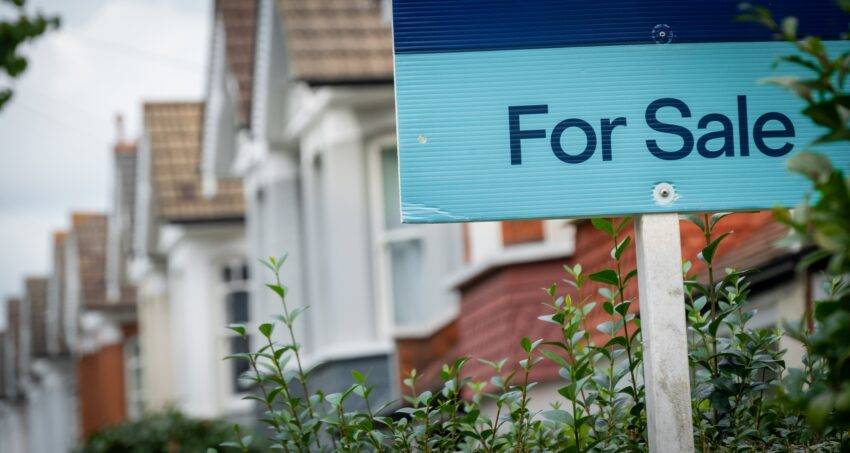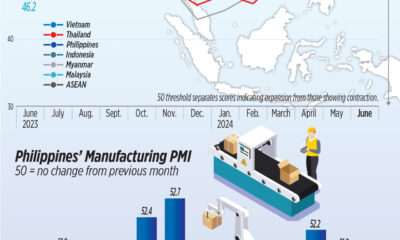Business
Millennial homeownership rates are at their highest level in 12 years, while wages are rising

According to recent research from the Institute for Fiscal Studies (IFS), homeownership among millennials has risen to the highest level in more than a decade, thanks to a significant increase in income among young people.
The IFS findings show a remarkable recovery in property ownership among 25 to 34-year-olds, which was at a low point in 2015. Since then, the share of homeowners in this age group has increased from 33% to 39% in 2022, the highest percentage since 2010.
The IFS attributes this recovery to faster growth in disposable income among young adults compared to the general population. Adjusted for inflation, incomes for young people have increased by 9% since 2015, compared to a 3% increase for the total population.
Despite this progress, homeownership among 25- to 34-year-olds remains significantly lower than in 2000, when it was 58.6%. The decline and subsequent recovery in homeownership were most pronounced among middle- and upper-middle-income households.
Jonathan Cribb, an economist at the IFS, noted: “The collapse of home ownership among young adults has been at the center of policy concerns for some time – not surprising given that for every 100 young people, there were 20 fewer homeowners in 2022 than in 2000. ”
The long-term decline in the number of young people owning a home has raised concerns about Britain’s housing supply, with critics claiming not enough new homes are being built. Meanwhile, some have blamed millennials’ spending habits for their difficulties saving for a down payment. Australian property developer Tim Gurner criticized millennials for spending on things like avocado on toast and expensive coffee, suggesting this was hampering their ability to buy homes.
In related economic news, the value of the British pound reached its highest level against the euro in almost two years, driven by expectations of sharper interest rate cuts in Europe. On Wednesday, the pound traded at £0.85 against the euro, its strongest since August 2022, after rising as much as 0.3% against the European Union currency.
Sterling has risen 2% since the start of the year as traders expect the Bank of England to make fewer interest rate cuts than the European Central Bank (ECB). Higher interest rates tend to attract international investment, increasing the value of a currency.
The ECB is expected to start cutting interest rates soon, with at least two cuts expected this year. In contrast, investors have fully priced in only one Bank of England rate cut this year. Strong inflation data in the services sector has led traders to postpone expectations for a rate cut, pushing forecasts from June to November.
The UK labor market is showing signs of recovery, with employment in the services sector rising at the fastest pace in two years, according to a survey by the Confederation of British Industry (CBI). However, costs per employee continue to rise above average.
The upcoming general election also suggests that an imminent rate cut is unlikely. Historically, the Bank of England has never cut interest rates close to a general election since independence in May 1997.











